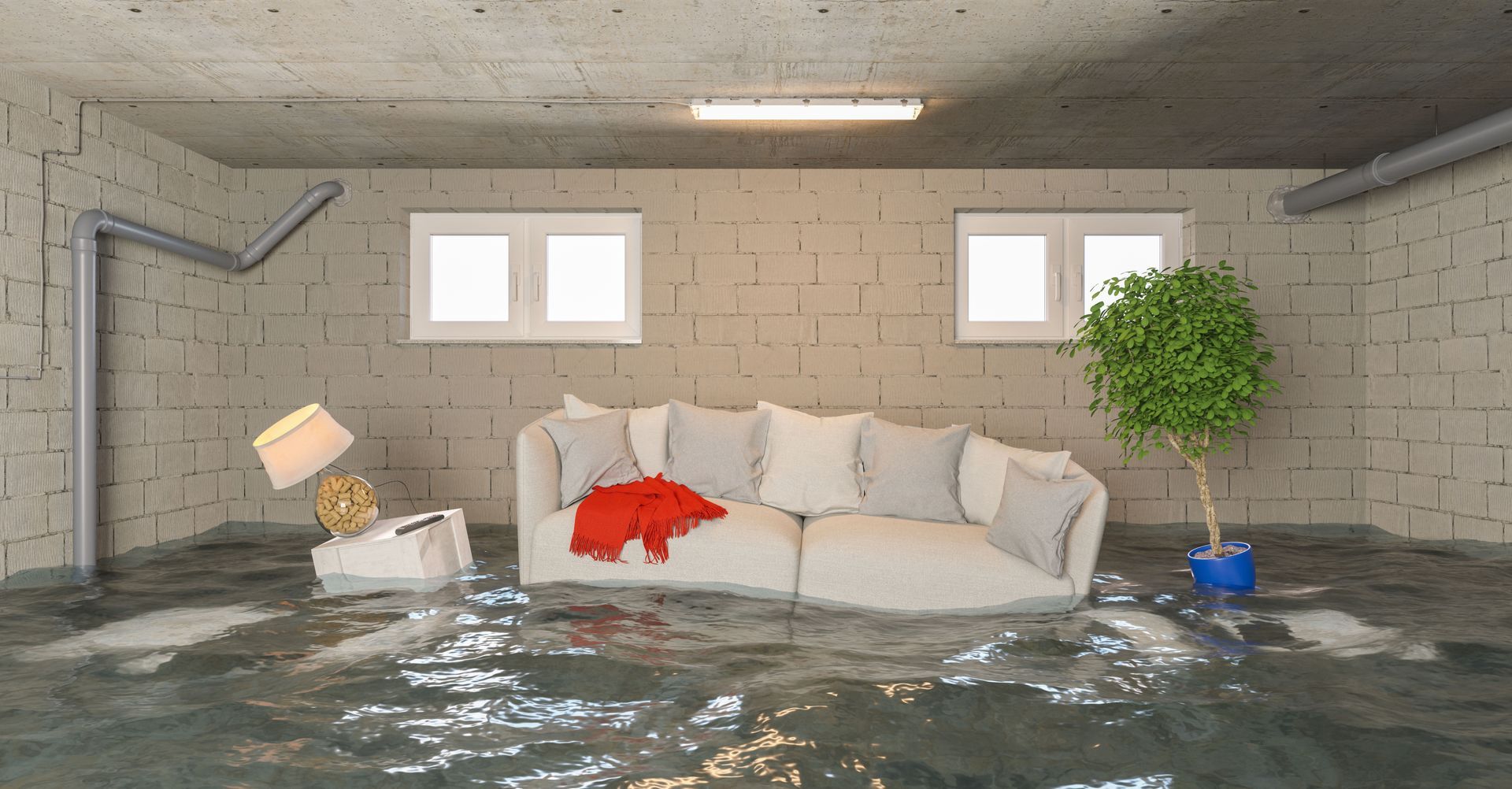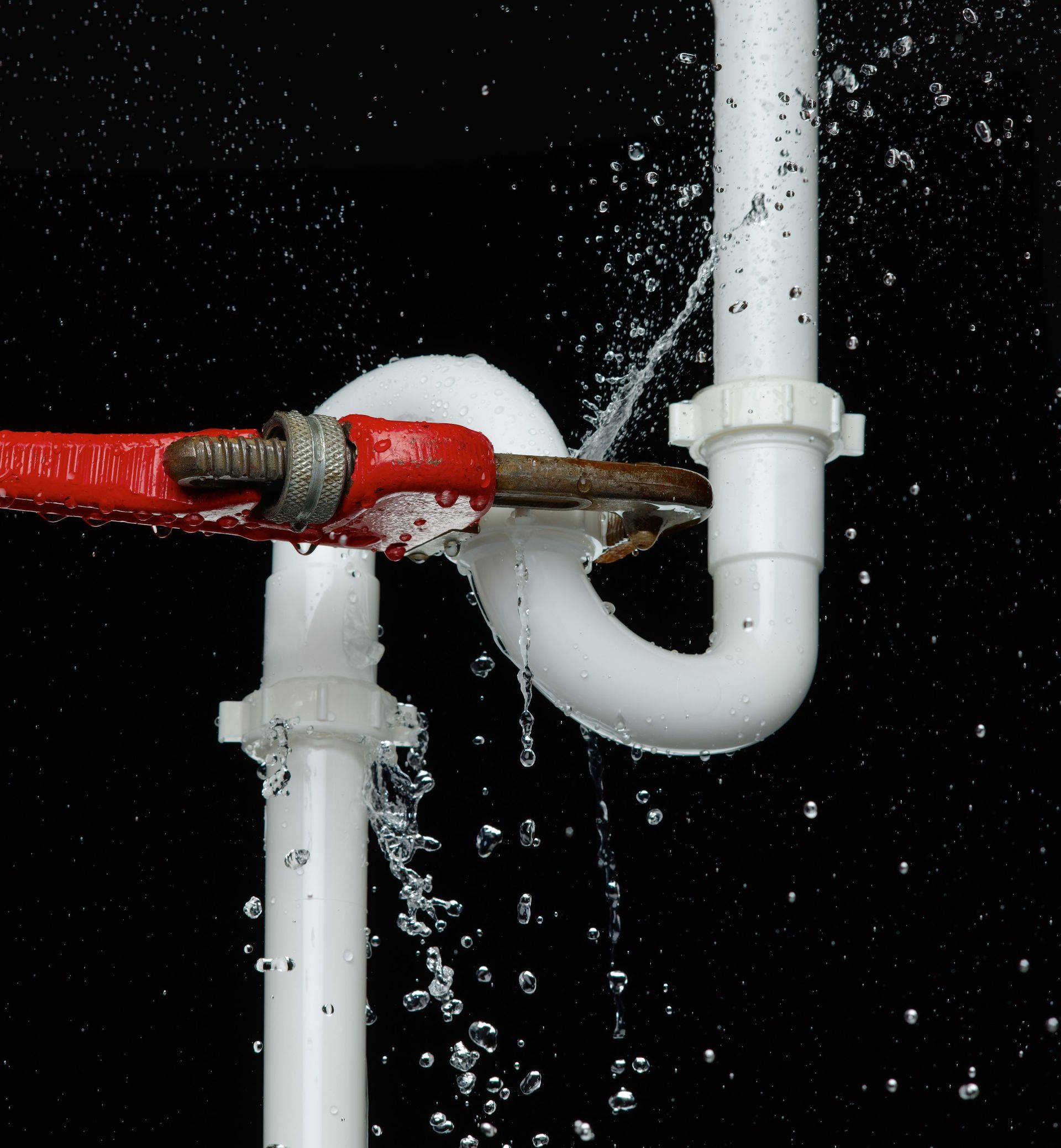November 13, 2025
Basement flooding is a homeowner's nightmare, bringing not only water but also a cascade of potential issues. Immediate and effective action is crucial to mitigate damage and restore safety. This article explores multiple reasons why enlisting the help of a professional water restoration contractor is an essential step in the recovery process. Engaging these experts ensures comprehensive solutions and peace of mind during a distressing situation. The proficiency of a water restoration contractor can be a crucial difference in preserving property and health.
1. Address Quick and Efficient Water Removal
Floods can create immediate havoc, saturating everything in their path. Rapid water extraction is vital to minimize damage and prevent further deterioration of property. A good water restoration contractor possesses the expertise to conduct fast and thorough water removal, addressing the needs of both visible and hidden water pockets.
This process is crucial since standing water can lead to severe structural damage and accelerate mold growth. Moreover, quick action can mitigate potential losses of personal and structural property. Contractors utilize specialized equipment such as industrial-grade pumps and vacuums to remove large volumes of water swiftly, ensuring efficiency and accuracy throughout the process.
Timely water extraction also helps minimize health risks associated with waterborne pathogens or mold growth. The longer the water remains, the greater the likelihood of these hazards escalating to severe health concerns. According to Mordor Intelligence, the disaster restoration services market is estimated at $42.93 billion in 2025. Specialized intervention safeguards property while promoting a healthier home environment.
2. Conduct Thorough Moisture Assessment and Monitoring
After a flood, water often seeps into hidden areas, making it imperative for professionals to conduct a thorough moisture assessment. This analysis includes using advanced tools such as moisture meters and infrared cameras to locate water pockets unseen by the naked eye. Comprehensive assessment enables targeted drying efforts to prevent future moisture-related issues and reduces the risk of unseen damage escalating over time.
Continuous monitoring throughout the restoration process ensures that no moisture is overlooked. Certified professionals continually check moisture levels to guarantee thorough drying. By documenting moisture readings and tracking progress, contractors provide homeowners with clear evidence that all areas have been properly addressed, preventing potential complications such as wood warping or structural weakening.
Experts also identify the path water has taken into the home, which is critical for preventing future flooding. Once entry points are known, measures can be taken to bolster defenses against water intrusion. Detailed reports on moisture levels provide transparency, assist with insurance claims, and support future renovation planning. This meticulous process ensures the home remains structurally sound and resilient against future incidents.
3. Implement Mold Prevention and Remediation
Mold prevention is a critical component of the restoration process following a flood. A skilled water restoration contractor understands the speed at which mold can develop and the conditions that encourage its growth. Their knowledge allows them to intervene promptly and effectively to prevent outbreaks, maintaining a safe and healthy environment for residents and their families.
Professionals apply mold inhibitors and fungicidal sprays to treat affected areas and prevent colonies from establishing. Restoration experts employ thorough remediation processes, addressing both visible and hidden mold risks. Containment protocols prevent spores from spreading during remediation, safeguarding health and minimizing cross-contamination throughout the affected areas of the home.
Guidance is provided on maintaining dry, safe conditions to prevent future mold growth and water damage. Contractors educate homeowners on ventilation, humidity control, and ongoing monitoring to maintain safe conditions. This proactive approach helps ensure long-term safety, reduces the risk of recurring problems, and reinforces the value of professional restoration efforts in preserving the home’s livability.
4. Restore Structural Integrity and Conduct Repairs
When a property is flooded, it is imperative to assess the extent of structural damage caused by water saturation. A water restoration contractor evaluates the structural integrity of beams, walls, and foundations to identify compromised areas. This thorough evaluation preserves safety, protects property value, and informs the most effective repair strategies.
Once damage is assessed, contractors perform restoration and repair services for affected structural components. Quick action is necessary to repair damaged areas and restore the home to its functional state. Specialized techniques may be used to reinforce weakened areas, providing lasting solutions rather than temporary fixes, and ensuring the structure can withstand normal use without risk of failure.
A water restoration contractor replaces affected materials and restores rooms to their pre-flood condition. These efforts ensure the home remains safe, stable, and functional for occupants. This process includes repairing flooring, walls, and other structural components compromised by water. By carefully completing these restorations, the home is stabilized, secure, and ready for daily life, giving homeowners confidence that their property has been fully restored and protected from ongoing water-related risks.
5. Facilitate Insurance Coordination and Claims Handling
Flooding typically necessitates the support of insurance to cover restoration costs. A water restoration contractor can provide detailed documentation of damage to streamline insurance claims. This includes photographs, damage logs, and moisture readings, ensuring that every affected area is accurately represented. Such documentation facilitates smoother interactions with insurance companies, preventing delays and reducing the risk of disputes.
Professionals communicate directly with insurance adjusters, articulating the necessity and scope of repairs. This helps clarify coverage details and minimizes unexpected out-of-pocket expenses for homeowners. Contractors can assist in explaining technical aspects of water damage, ensuring that adjusters fully understand the extent of restoration needed. In addition, they guide homeowners through claims paperwork, helping prevent errors that could slow approval.
By preparing accurate estimates that align with insurer expectations, restoration experts hasten claim approvals. Prompt processing allows homeowners to access funds quickly and move forward with repairs. Expert advocacy ensures homeowners are supported throughout the insurance process, providing reassurance and peace of mind during a stressful recovery period.
6. Ensure Sanitization and Safe Drying Practices
After water damage, restoration contractors use industry-standard cleaning and drying techniques to sanitize affected areas. This ensures surfaces are safe, moisture is minimized, and the risk of mold is reduced. Homeowners benefit from a thorough restoration process that addresses both visible and hidden concerns, protecting the home’s integrity and indoor air quality.
Specialized equipment, including high-powered dehumidifiers, air movers, and moisture meters, is employed to accelerate drying in affected areas. Continuous monitoring of moisture levels ensures that even hard-to-reach spaces are properly dried, preventing long-term structural or health issues. Professional oversight guarantees that no area is left vulnerable to residual water damage, preserving the safety and stability of the home.
Sanitization protocols also include careful cleaning of floors, walls, baseboards, and commonly touched surfaces to reduce contamination risks. A good water restoration contractor will follow these procedures systematically to maintain a safe environment for residents. By addressing both visible and hidden concerns and documenting progress, the home can be restored efficiently, returning to a healthy, comfortable, and fully functional state for occupants.
Recovering from a basement flood involves more than just removing water—it’s about restoring a home to a safe, healthy, and comfortable environment. Affordable Restoration Austin provides expert services in water extraction, mold remediation, structural repairs, and insurance coordination, helping homeowners navigate the aftermath of flooding with confidence. Our experience and specialized equipment ensure thorough, efficient restoration every step of the way. To see how we can help protect your property and restore peace of mind, learn more about Affordable Restoration Austin.



